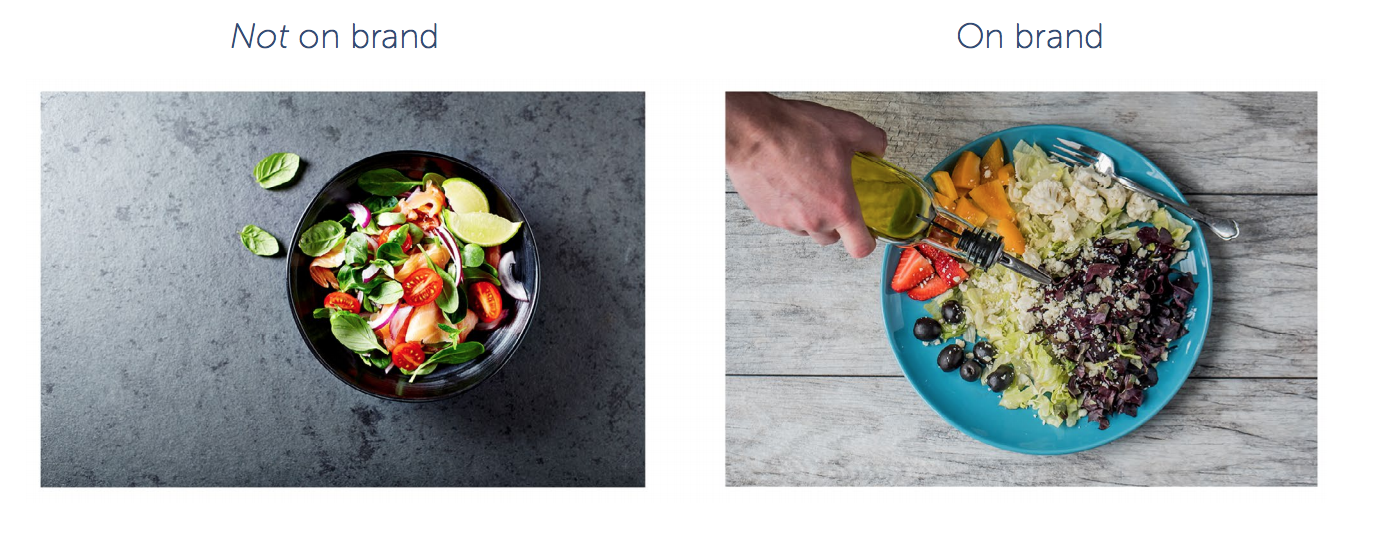Our experience with hundreds of publishers has taught us the importance of a clear Creative Brief — a guide to your brand voice for anyone writing on behalf of your brand. Publishers will often have multiple internal teams, and even external vendors, writing content, marketing copy, or social media posts on their behalf, so creating a digestible and exhaustive creative brief is key.
While a creative brief will look different for every company, here’s a few key elements we suggest to get started:
Setting the Scene
Start by giving a brief description of your company. Include your biggest competitors and target demographics to provide further context. These three elements ensure that everyone knows exactly what your company is, what you do, and who you typically talk to. This will help set up the universe in which your creatives exist.
Tone & Style
This part is key to helping new people understand how to write for your brand. There are a few guidelines you can provide to help them.
Descriptive Adjectives to Describe Your Tone of Voice
Try to provide between 3-7 descriptive adjectives (with or without “not” in front of them) to help build a tone. Here are a few examples that we’ve seen used for social media voices:
General Copy Guidelines
To help people understand your style, give some general guidelines about the type of copy you’d like them to write. Some examples:
- Keep copy short and simple
- Don’t use the same phrase in the headline and caption
- Use captions that pique curiosity
- Don’t use cliches
- Don’t overuse trendy words, as they date posts very quickly
- Always provide value
- Double-check everything: the audience is unforgiving if they feel we don’t know what we’re talking about
- Be sparing with phrases like “we love” or “our favorite”
Specific Omissions
Is there anything that they should absolutely stay away from? Common omissions include:
- Exclamation marks
- Emoji
- Cursing
- “Chatspeak” (lol, btw, yaasss, etc.)
Grammar Preferences
Are there any grammar preferences that you want to ensure stay consistent, like capitalizing all headlines or using em dashes? How do you feel about Oxford commas? Do you require every headline to be a complete sentence?
This is also a great section to specify which types of slang (if any) you prefer, whether you default to US, UK, or Australian English, and how to incorporate any frequently used words or acronyms into your copy (e.g. all acronyms must be fully spelled out the first time they appear in an article or social post)
Image Guidelines
In many cases, these new teams will also be selecting images to accompany your content. It’s important to define the types of images that you prefer. Some sample guidelines:
- Show a diverse range of people
- Use vibrant colors
- Show scenery over people
- Evergreen (not tied to obvious location or season)
- Look candid
- No close-ups
- Show people with minimal jewelry or makeup
- For food content, use images that look home-made. Try to find shots that show a person actively involved in the cooking process.
These suggestions are of course just a starting point for your own creative brief – you can add or take away as you see fit. Regardless, the most important thing is to make sure that someone can capture your brand voice solely based on your creative brief.
About Keywee
At Keywee, we make stories relevant and powerful for the world’s best storytellers — like The New York Times, The BBC, National Geographic, Forbes, and Red Bull.
Today, people aren’t coming to websites to search for content — stories find their audiences in feeds and apps. The upshot? Distribution is now the key for effective storytelling. Keywee’s platform unlocks audience insights using AI and data science, and infuses them into every step of the storytelling process: from topic selection, to story creation, to distribution and optimization. Keywee is backed by leading investors such as Google’s Eric Schmidt and The New York Times, and has been a fast-growing, profitable startup since its inception. To learn more, request a demo here.



